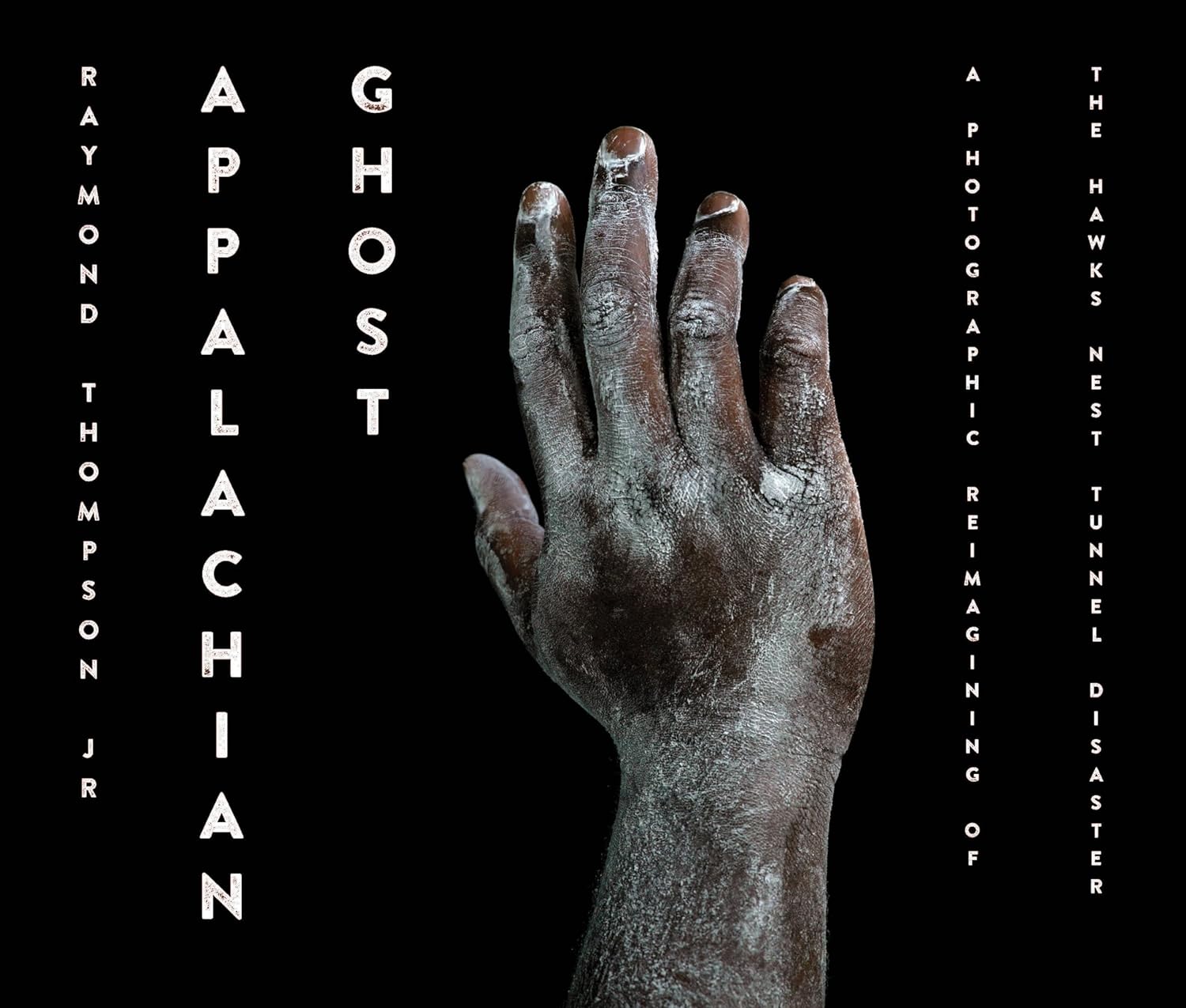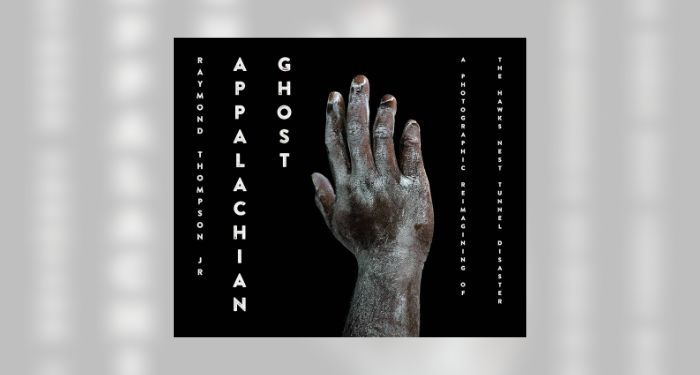Products You May Like
Welcome to Read this Book, a newsletter where I recommend one book that needs to jump onto your TBR pile! Sometimes these books are brand new releases that I don’t want you to miss, while others are some of my backlist favorites. This week, we’re looking at a fine art photography book helping to bring to light one of the worst industrial disasters in American history.

Appalachian Ghost by Raymond Thompson Jr.
In the 1930s, when work was scarce, roughly 5,000 people — the majority of them African American — found employment working on the Hawk’s Nest tunnel project, which would divert the New River in West Virginia. But disaster struck when faulty drilling techniques caused silica dust to fill the air, permanently harming the lungs of hundreds and hundreds of workers inside the tunnel. Over 700 of them died of lung damage that resulted from exposure to the powdered silica.
Photographer Raymond Thompson Jr. strives to highlight, in particular, the Black men who worked on the Hawk’s Tunnel who are all too often left out of the history of the tunnel’s construction. While thousands of Black men worked on the tunnel, there is little visual documentation that they were ever there. As historian Catherine Venerable Moore says in her introduction, Appalachian Ghost is a “photographic reimagining of the Hawk’s Nest story.”
In some of the images, we see archival photos of the work camp, the gravesite, and the tunnel itself. In some, Thompson has edited in enlarged images of Black workers, as if putting them back in the recorded history where they belong. Other photos reflect Thompson’s background in photojournalism as we see photos of the gravesite, powerlines, and other details many would ordinarily miss.
Throughout the books, Thompson has recreated images of Black models covered in white powder. One of the images — a Black hand covered in white dust and reaching upward — is featured on the cover of the book. Thompson’s reimagining these images of Black men in work gear covered in dust brings history to life in such a stark and completely arresting way.
